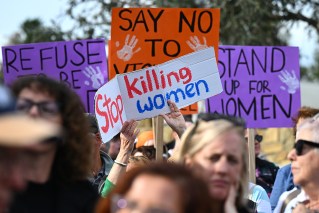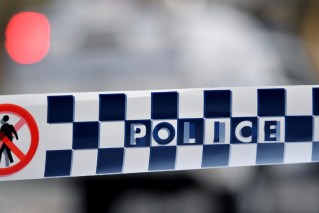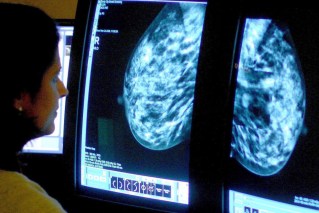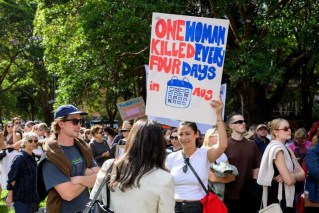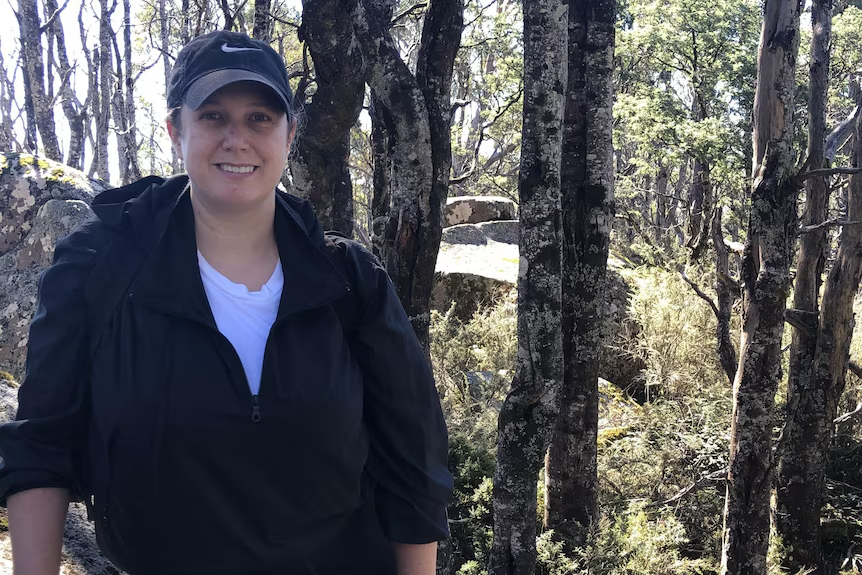Hurricane Idalia has gained fury as it crawls toward Florida’s Gulf Coast, forcing mass evacuations in low-lying areas expected to be swamped when the powerful storm, forecast to reach Category 4 intensity, strikes.
Idalia was generating maximum sustained winds of 180km/h by late Tuesday night – at the upper end of Category 2 – and its force will ratchet higher before it slams ashore, the Miami-based National Hurricane Center (NHC) projected.
By that time the storm was forecast to reach “an extremely dangerous Category 4 intensity” – with maximum sustained winds of at least 210km/h – on the five-step Saffir-Simpson wind scale, the NHC reported.
The hurricane was upgraded on Tuesday evening to a Category 2 after its top wind speeds surpassed 155km/h, feeding on the warm, open waters of the Gulf of Mexico. Any storm designated Category 3 or higher is classified as a major hurricane.
Idalia’s most dangerous feature, however, appeared to be the powerful surge of wind-driven seawater it is expected to deliver to barrier islands and other low-lying areas along the coast.
Florida Governor Ron DeSantis, who is seeking the Republican presidential nomination next year, urged residents in vulnerable communities to heed orders to move to higher ground, warning that the storm surge could cause life-threatening floods.
Most of Florida’s 21 million residents, along with many in Georgia and South Carolina, were under hurricane, tropical storm and storm surge warnings and advisories. State emergency declarations were issued in Florida, Georgia and South Carolina.
At the White House, President Joe Biden said he and DeSantis were “in constant contact,” adding that he had assured the governor federal disaster assistance would remain in place for as “long as it takes, and we’ll make sure they have everything they need”.
Idalia grew from a tropical storm into a hurricane early on Tuesday, a day after passing west of Cuba, where it damaged homes and flooded villages.
By Tuesday evening, the storm was churning about 125 miles 200km west of Tampa as it crept closer to shore.
Idalia is in line to become the fourth major hurricane to strike Florida over the past seven years, following Irma in 2017, Michael in 2018 and Ian, which peaked at Category 5, last September.
Florida’s Gulf Coast along with southeastern Georgia and eastern portions of North and South Carolina could face torrential rains of 10 to 20cm through Thursday, with isolated areas seeing as much as 30cm, the hurricane centre warned.
Surge warnings were posted for hundreds of kilometres of shoreline. In some areas, the surge of water could rise 3.0 to 4.6m, the NHC said.
“The No. 1 killer in all of these storms is water,” Deanne Criswell, the Federal Emergency Management Agency’s administrator, said on CNN.
More than 40 school districts in Florida cancelled classes, DeSantis said. Tampa International Airport closed to commercial operations with plans to reopen on Thursday.
About 5500 National Guard members were mobilised, while 30,000 to 40,000 electricity workers were placed on standby. The state has set aside 1.1 million gallons of petrol to address any interruptions to fuel supplies, DeSantis said.
As Floridians braced for Idalia’s arrival, Cubans were grappling with the aftermath of the storm, which lingered for hours on Monday near the western end of the Caribbean island nation, toppling trees and flooding coastal villages.
In Pinar del Rio, an area known for producing the tobacco used to make some of the world’s finest cigars, 60 per cent of the province was without power. Tens of thousands of people were evacuated.
– AAP

